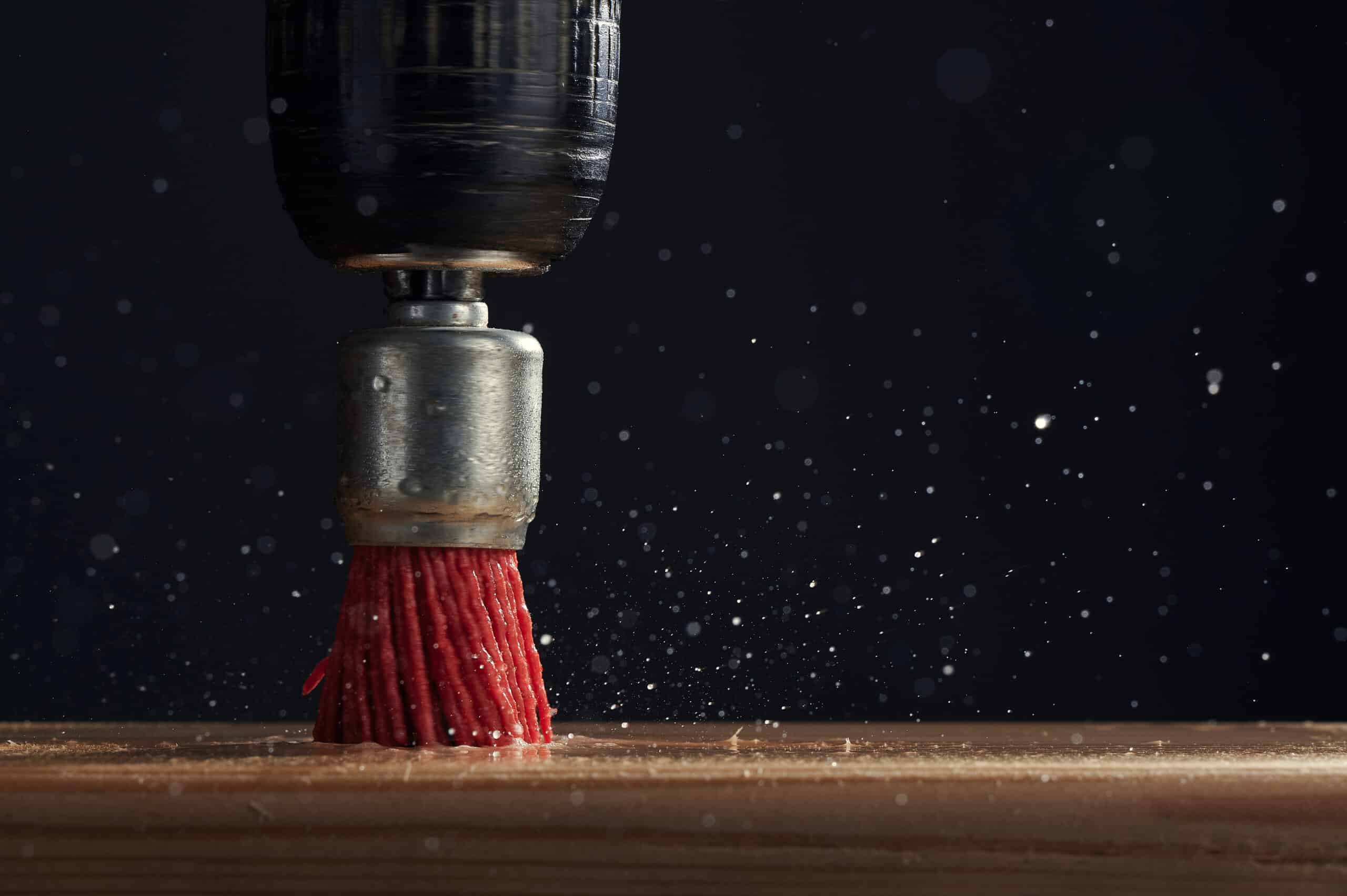Should I Drill Slow or Fast?
Key Takeaways
- Slow drilling offers precision and control, making it ideal for delicate materials or detailed designs.
- Fast drilling saves time and increases productivity, but it may not be suitable for all materials and can generate more heat and vibration.
- Best practices for drilling speed include using the appropriate speed range for the material and drill bit, using cutting fluids or coolants to reduce heat buildup, and applying steady, moderate pressure while drilling.
When it comes to drilling, one common question that arises is whether to drill slow or fast. The answer depends on various factors, including the material being drilled, the size of the drill bit, and the desired outcome. In this article, we will explore the advantages and disadvantages of drilling slow versus fast, as well as the best practices for drilling speed.
Drilling Slow: Precision and Control
Slow drilling offers several advantages, particularly when precision and control are required. When drilling slowly, it becomes easier to maintain accuracy and avoid mistakes. This is especially beneficial when working with delicate materials or intricate designs, where even a slight deviation can have significant consequences.
Furthermore, slow drilling generates less heat buildup, reducing the risk of overheating the drill bit or damaging the material being drilled. It also helps to extend the lifespan of the drill bit by preventing it from becoming dull quickly.
However, it is important to consider that slow drilling can be time-consuming. If you are working on a project that requires quick turnaround or efficiency, drilling slowly may not be the best approach. Similarly, when creating larger holes or applications where speed is crucial, slow drilling may not be suitable.
Drilling Fast: Time-Saving and Efficiency
Fast drilling, on the other hand, offers its own set of advantages. One of the key benefits is time-saving. By drilling at a faster speed, you can complete the task more quickly, increasing productivity and efficiency. It is particularly useful when working on projects with multiple holes or when time is of the essence.
Fast drilling also reduces the risk of the drill bit getting stuck or jammed. This can be beneficial when drilling through tough materials or dealing with challenging drilling conditions.
However, it is important to note that fast drilling generates more heat. This increased heat can lead to overheating, which can cause damage to both the drill bit and the material being drilled. Additionally, fast drilling creates more vibration, decreasing accuracy and precision. It may not be suitable for all types of materials, as it increases the risk of chipping or cracking.
Best Practices for Drilling Speed
Now that we have explored the pros and cons of drilling slow versus fast, let’s discuss some best practices for drilling speed:
- When drilling steel, aim for a speed range between 50 and 400 RPM, depending on the type of steel and the size of the drill bit. Smaller drill bits can handle higher speeds, while larger bits require slower speeds.
- Consider using cutting fluids or coolants to reduce friction and heat buildup, allowing for slightly higher speeds.
- Start at a slower speed and gradually increase if necessary, paying attention to the feedback from the drill press and the steel.
- Use high-speed steel (HSS) bits for drilling steel, or cobalt steel or carbide-tipped bits for tougher steels.
- Apply steady, moderate pressure while drilling and listen to the sound of the drill press for indications of the right speed and pressure.
- Always wear safety glasses or face shields, secure workpieces with clamps or a vise, keep the workspace clear of debris, and regularly inspect the drill press and bits for wear or damage.
Conclusion
So, should you drill slow or fast? The answer depends on your specific requirements and the materials you are working with. Slow drilling offers precision and control, making it ideal for delicate materials or detailed designs. On the other hand, fast drilling saves time and increases productivity, but it may not be suitable for all materials and can generate more heat and vibration.
Ultimately, it is important to consider the advantages and disadvantages of both approaches and make an informed decision based on the specific needs of your project.
Related Websites:
FAQs:
Q: Why should I consider drilling slow?
Drilling slow reduces the risk of accidents and damage, allows for precise holes and accurate positioning, and is suitable for harder materials to prevent overheating and achieve better results.
Q: What are the benefits of drilling fast?
Drilling fast is advantageous when time is a crucial factor, effective for softer materials, but requires skill and experience to avoid mistakes.
Q: How do I find the right balance in drilling speed?
Adjustable speed settings in cordless drills allow for finding the optimal speed. Assess the material type, thickness, and desired outcome before determining the drilling speed. Practice on scrap material to determine the best speed for your specific needs.
Q: Why is it important to evaluate factors like safety and material type when deciding drilling speed?
Evaluating factors like safety and material type ensures you choose the appropriate drilling speed to minimize risks and achieve the desired outcome.
Q: How can I achieve the best results with drilling speeds?
Experiment and practice with different drilling speeds to determine what works best for your specific needs and desired outcomes.





